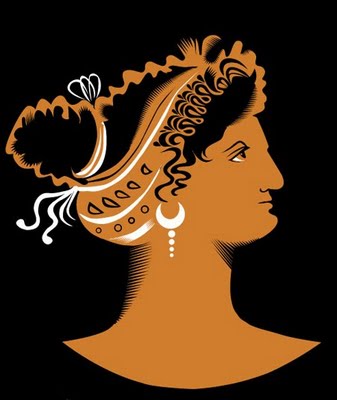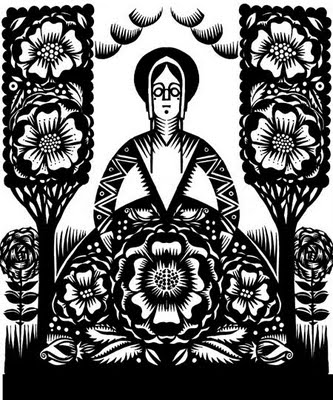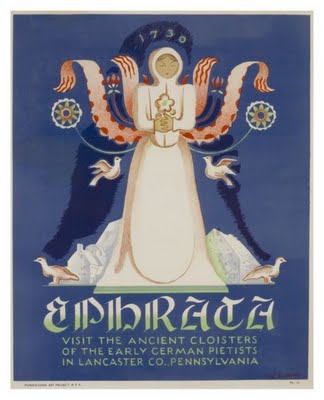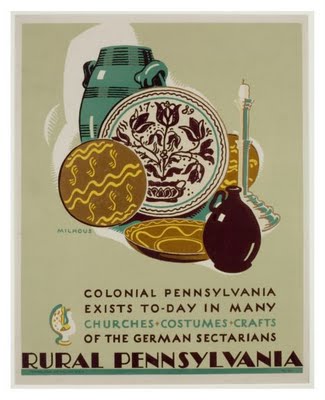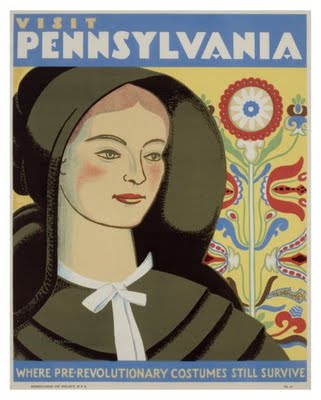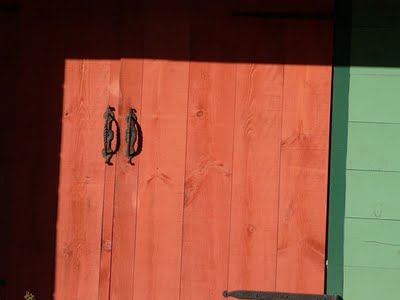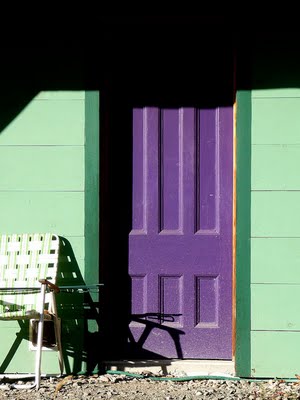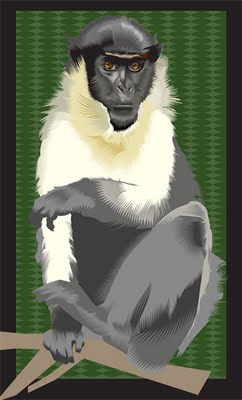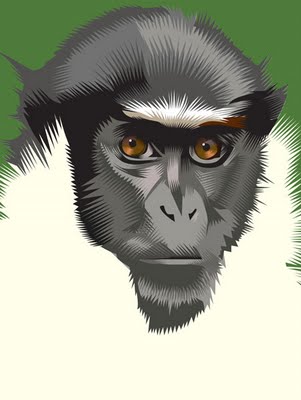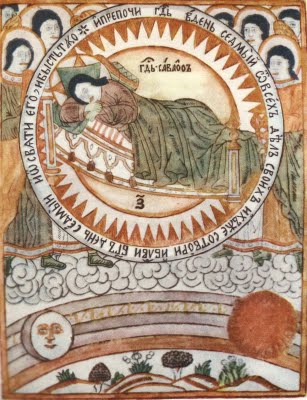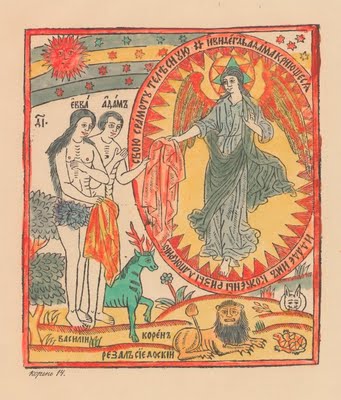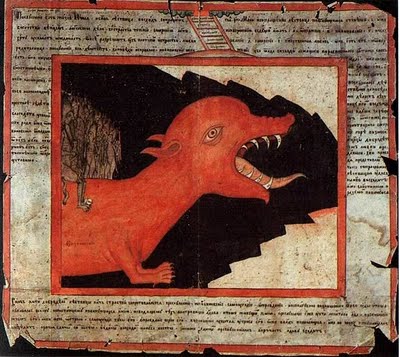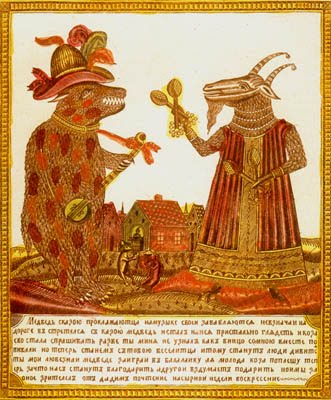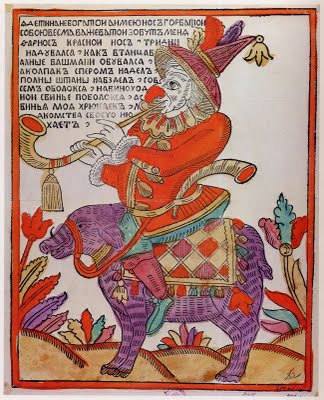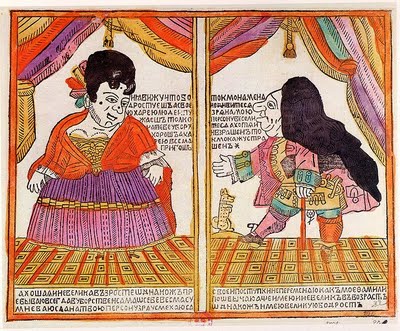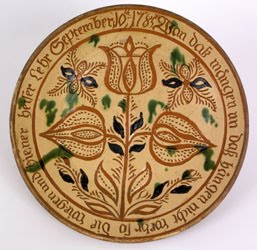
I am in a miasma of ideas, things to do, things not to do, packages to send, people to call, chores to do, clothes to fold, leftovers to reconfigure. The sublime and the ordinary and somehow I am stuck dead in the middle. A bit stunned, but in the middle. The ideas that are whirling vacillate between the biography I am reading in Julia Child and the informal research I am doing on the German Pietist in Pennsylvania -- their life, their lifestyle, their art, their healing practices, their philosophy...so the middle is an odd place to be. The only similarity that these topics have is that it about people who have strong beliefs and are committed to doing the right thing with those beliefs.
Julia Child was someone who pursued her love of eating to that of cooking to translating that discipline of French cooking for the layman to experience. She introduced measuring and repetition to the processes that were art to the French. She was always drilling down and asking herself if the newly wed wife who was cooking from her book could follow her writing. She refused to dumb down her roast chicken to a mere 24 words (as her competition did)--simplifying but not compromising her beliefs and not giving the editors a "ladies magazine" approach to the cooking she loved and believed in.
The Pietist....No compromise, all passion...afterall, they were Germans. Everything exuded their belief from their art, to the healing invoking the Virgin or Jesus, to the blessings on their houses. They were not dour in those beliefs. Conrad Beissel (1690-1768), the founder of the Seventh Day Dunkers (another name for the German Baptist Brethren),a hermit and then founder of the semi- monsastic community at Ephrata, wrote hymns galore. (I have found there was a real flourishing of hymn writing in Pennsylvania during this period with the Quakers, Moravians etc. to name a few groups)). His hymns were then embellished and designed within the community and either hand done in a scriptorium at Ephrata (one of the tasks the sisters did) or printed (Ephrata had one of the most significant presses/printing operations at the time...working alongside Ben Franklin who also printed some of Beissel's philosophy tracts). These hymns were embellished with flowers, crowns, birds, angels/spirit guides, hex marks, little faces, sometimes unicorns, sometimes lions. All in brilliant red, yellow, blue, brown and black. The same color palette and spirit we see, not in the spaces at Ephrata, but in the Peter Wentz Farmstead with the brilliant yellow walls and bright blue built in cabinetry. And the enormous black polkadots adorming those bright yellow walls. Nothing dour there.
---
Alex has pink eye and at the doctors as we speak. Kitty still sleeps (I am going to wake her up as there is work to be done). Rob and I are making lists of things to be done in town and here from bulb planting to spackling and sanding walls. I think th ere is lots of work to be done...and my time here is needed elsewhere.
ps. The images of Penelope and the Gorgon I posted yesterday are sketches for a theatre poster for a future Hangar production....





